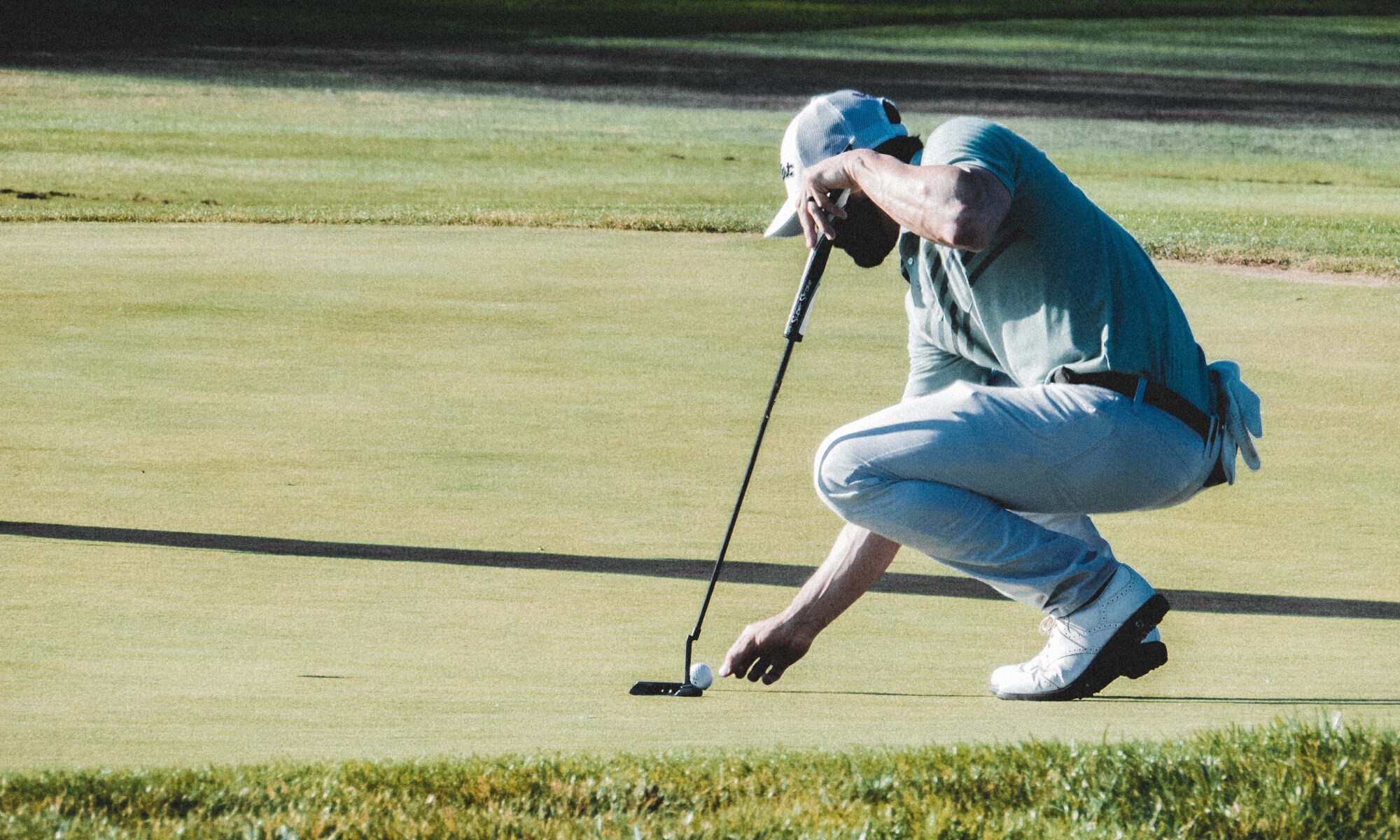• You want more distance and accuracy
• You often miss your target to the right
• You don’t understand what “release” means
Photo By J. D. Cuban/Golf Digest
BY ERIKA LARKIN
It’s no big mystery why you’re slicing your driver. The clubface is open to your swing path at impact. And that slice can get worse if you pull in your arms on the downswing to try to steer the ball into the fairway. Here’s my easy fix: Remember to roll and reach as you swing through. Let your forearms roll over to square the clubface and then reach your arms toward the target.
You can get a feel for this full release by hitting some “bunt” shots with your driver. Tee up a ball and take your driver back until the shaft is parallel to the ground and the toe of the club points straight up (see photo). From there, focus on extending the shaft toward the target so it mirrors that halfway-back position, with the toe up again. Bunt some balls down the range, and don’t worry about distance.

The Standard Advice
Try to square the clubface at impact for straighter and more accurate shots.
Why it’s Misleading
Impact lasts only a few milliseconds, so trying to perfect that moment is nearly impossible.
The Tip You Really Need
A solid release guarantees proper clubface rotation through impact, so perfect it instead. Plus, it’s easier to control your release. As you drive through the hitting zone, give the ball a slap with your right hand, changing your right wrist from bent back to bowed. Check the positions at left to see what it looks like.
Elbow In
Your left elbow should hang tight against your torso as your hands release. You can’t unhinge your wrists if your left arm bows out (no chicken-winging).
Shoulder Under
Your right shoulder moves under your chin, not in front of it. This allows your hands to power the clubhead correctly through impact and then around your body.
KEY MOVE – Active Wrists
Prior to impact your right wrist was bent. Now it should be bowed. This doesn’t happen by itself—”slap” the ball with your right hand to release the club properly.
Club on Line
A proper release whips the clubhead around your body in a circular motion and into your finish.
-
 Make a Power Release | GOLF.comJun 22, 2007 … This story is for you if… • You want more distance and accuracy • You often miss your target to the right • You don&…
Make a Power Release | GOLF.comJun 22, 2007 … This story is for you if… • You want more distance and accuracy • You often miss your target to the right • You don&…


